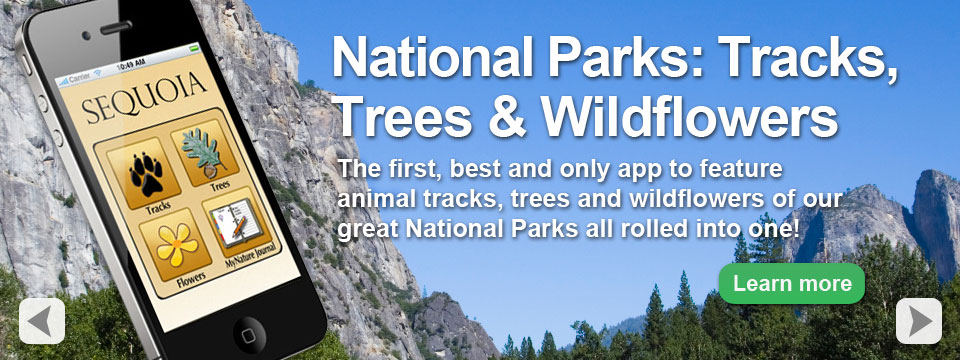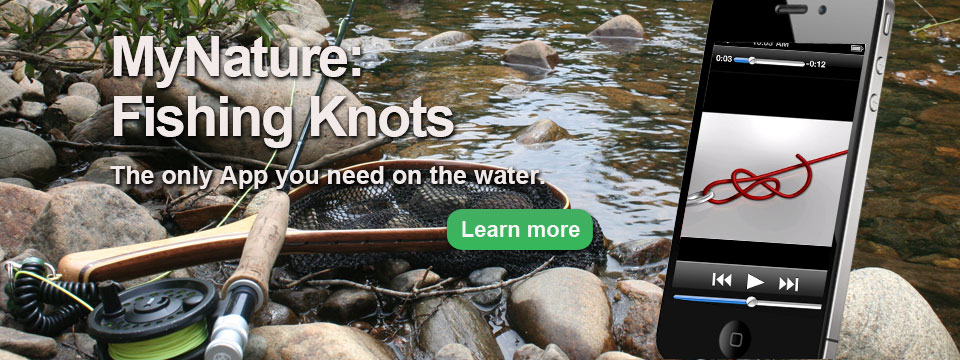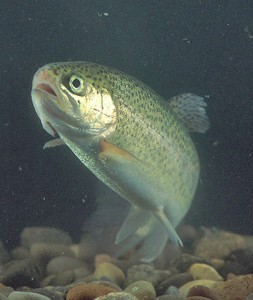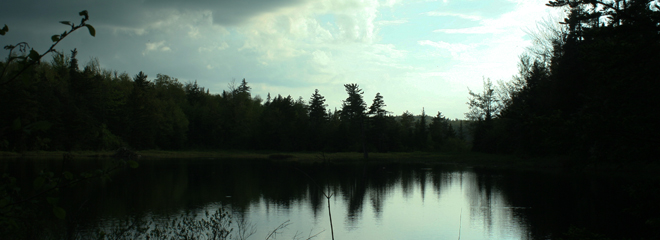Next time you bring your iPhone or Droid fishing you can leave the scale back at home. MyNature Apps just released the app for calculating a fish’s weight by utilizing just two measurements of your catch. By measuring the length and girth of your fish, entering those two measurements into their correct field and selecting calculate the app will give you a result that is within 10% of the fish’s actual weight. You’ll be able to calculate the weight of multiple species of fish by selecting several categories.
- Trout, Salmon
- Bass
- Bluegill, Perch, Sunfish
- Catfish, Carp
- Muskies, Pike, Gar, Pickerel
- Walleye, Sauger
- Sturgeon and a general selection for calculating other species.
Included in the app is a quick reference pop-up screen to give the user the numerical conversions for fraction of an inch measurements. You’ll be able to quickly convert fractional measurements of as little as 1/16th of an inch.
In this compact little app we have also included one extra page of Catch and Release tips. Learning how to properly release a fish back into the water will greatly increase its chance of survival and your ability to catch that same fish another day.
If you need to know the weight of your fish, get the app and skip the scales, MyNature Fish Weight Calculator.
Good Luck on the Water!!
















What Others Have to Say